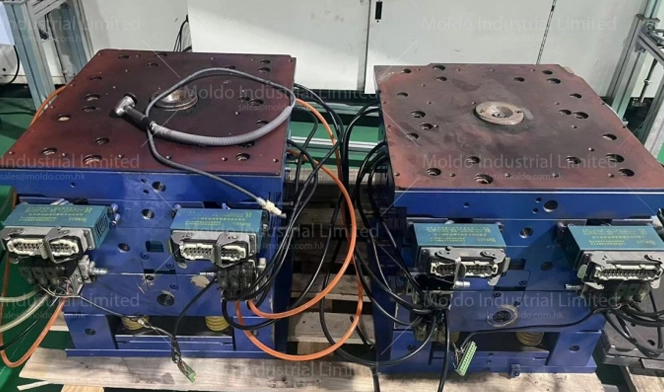Taking metal workpiece as anode, electrolysis is carried out in a suitable electrolyte to selectively remove its rough surface and improve the surface finish, also known as electrolytic polishing. Electropolishing can increase the corrosion resistance of stainless steel, reduce the resistance of electrical contact points, improve the reflective performance of lighting fixtures and the accuracy of various measuring tools and also beautify metal daily necessities and crafts, etc. It is suitable for polishing steel, aluminum, copper, nickel and various alloys. Electropolishing can also remove some mechanical damage on the metal surface. Compared with mechanical polishing, there is no stress on the surface after electropolishing. However, too rough surface is not suitable for direct electropolishing.

1) Most metals can be electrolytically polished , which is most commonly used for surface polishing of stainless steel (especially for austenitic nuclear grade stainless steel). Electropolishing is mainly for the surface bright treatment of stainless steel workpiece. Stainless steel workpiece is divided into 200 series, 300 series and 400 series, each series of materials must use targeted electrolytic polishing liquid. For example, 200 series of stainless steel must use 200 series formula, and this formula can not adapt to 300 series or 400 series of stainless steel.
2) Different materials can not be electrolytically polished at the same time, or even placed in the same electrolytic solvent.
The whole process of electropolishing is basically completed by automation, so the labor cost is very low.
Electropolishing uses less harmful chemicals and its whole process requires a small amount of water and simple operation. In addition, it can extend the properties of stainless steel and play a role in delaying corrosion of stainless steel. In short, electropolishing has very little impact on the environment and is one of the more environmentally friendly surface treatment processes.
1) The internal and external color is consistent and the luster is durable. Electropolishing. has the ability that mechanical polishing cannot achieve
2) High production efficiency and low cost.
3) Increase the corrosion resistance of the workpiece surface.
In conclusion, electropolishing is a very effective process for making the smooth and flat surface of the products. It also has the advantages of low cost and environmentally friendly, so it is widely used by many manufacturers


